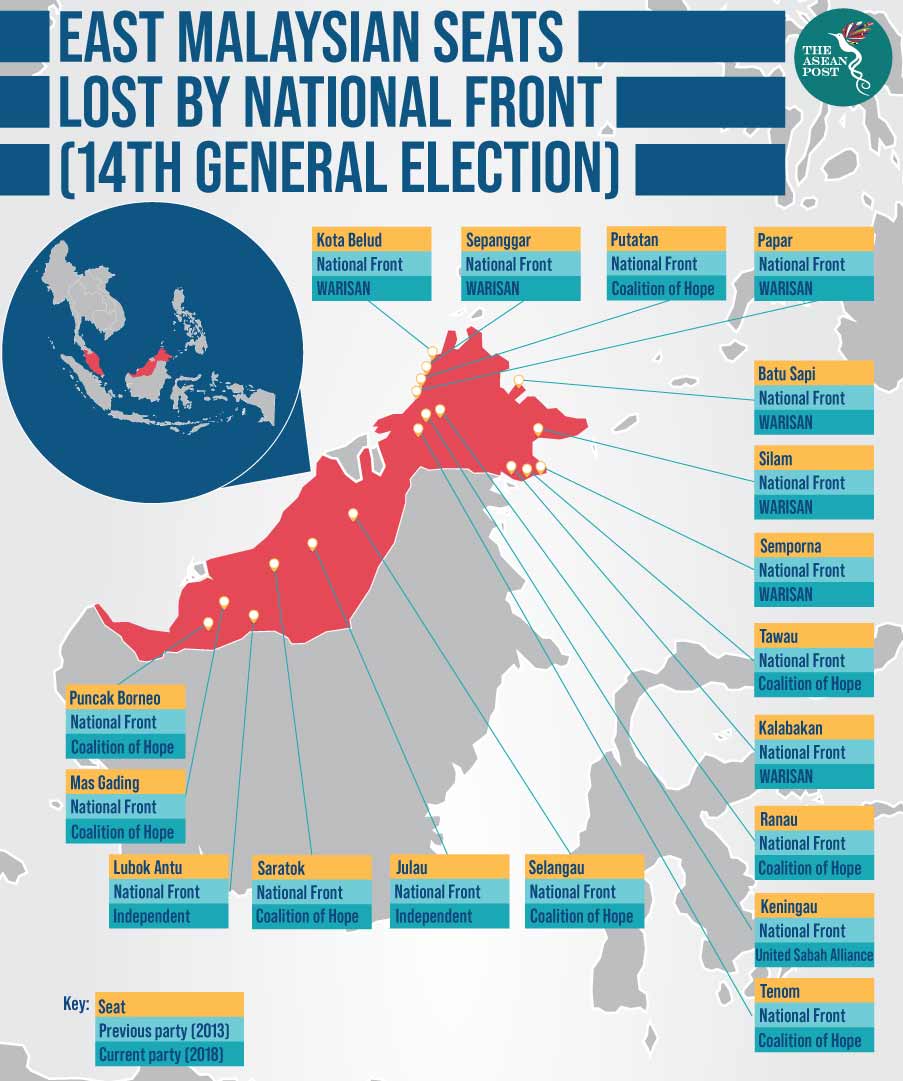Every year, Malaysia commemorates the establishment of the Malaysian federation on 16 September, 1963. It marks the joining together of the existing states of Malaya, North Borneo, Sarawak and Singapore to form Malaysia. Singapore, however, was later expelled on 9 August, 1965 after being a part of Malaysia for just two years.
Malaysia was formed following the signing of the international treaty called the Malaysia Agreement 1963 between the United Kingdom, the Federation of Malaya (constituting 11 states created under the Federation of Malaya Agreement 1957; as one component); Sarawak, North Borneo (renamed Sabah) and Singapore.
The Malaysia Agreement 1963 set out the terms and conditions for the component States to be federated under a new constitution into one nation called Malaysia. It is under the "Malaysia Bill", (Annexure A of the agreement) that the constitutions of Sarawak, Sabah and Singapore were created by agreement of all parties involved. The Malaysia Bill was introduced in the Malayan Parliament on 9 July, 1963, and received consent from Tuanku Syed Putra, the Yang di-Pertuan Agong (Malaysia’s King) on 29 August, 1963.
In May 2018, Sabah and Sarawak – previously seen as strongholds of the former National Front (Barisan Nasional)-led federal government – came under the control of the Coalition of Hope (Pakatan Harapan) following its historic victory in Malaysia’s 14th general election (GE14). While most of the seats in Sabah were won by a party which was never officially part of the Coalition of Hope – the Sabah Heritage Party (Parti Warisan Sabah) – it is publicly known that the Sabah Heritage Party was in a loose alliance with the Coalition of Hope led by current Prime Minister Dr Mahathir Mohamad.
Equal partners
There could be several reasons for this change and many political pundits have made their own inferences. One thing worth looking at, however, is the Coalition of Hope’s promises for East Malaysia before it came to power.
Perhaps the biggest qualm coming from East Malaysia is its demoted position as two states in the country as opposed to two equal partners in the Federation of Malaysia as per the Malaysia Agreement 1963. For the two oil-rich states, equal status would help them draw a bigger share of the country’s economic pie and development funds from the federal government.

Last September, Dr Mahathir Mohamad was quoted by local media as saying that in the past, Sabah, Sarawak, Singapore, and the Federation of Malaya agreed to form a bigger family called Malaysia.
"During the formation of Malaysia on 16 September 1963, in the agreement that we call MA63 (Malaysia Agreement 1963), the four regions merged as equal partners. However, Malaysia has gone through a winding course since then and two years after its formation, Singapore exited. The years that followed also changed the status of Sabah and Sarawak from equal partners to states within Malaysia,” he said.
Part of the Coalition of Hope’s election manifesto in 2018 was the promise to restore the status of Sabah and Sarawak as equal partners. Whether or not this ultimately led to – or was one of the reasons – the then-opposition obtaining strong support in both East Malaysian states; the unfortunate fact of the matter is that this promise has not been successfully kept.
At the same time, it would not be completely fair to blame the current administration for failing to live up to its promise of returning East Malaysia to its former status. In April, the government had attempted to amend the Federal Constitution by putting it to a vote in Parliament.
Nevertheless, the amendment to the Constitution fell 10 votes short of the required two-thirds majority in the 222-member Lower House. The ruling government secured only 138 votes, with 59 MPs abstaining.
The Coalition of Hope has been in power for only a little over a year, leaving it about four years in office before the country’s next general election. Surely, Sabah and Sarawak continue to want the original plan of Malaysia Agreement 1963 to be fulfilled. Whether or not this will come to pass is difficult to predict at this point in time. Still, we wish East Malaysians the best of luck.
Finally, The ASEAN Post would like to take this opportunity to wish all Malaysians – in the East and West of the country – a happy Malaysia Day!
Related articles:
